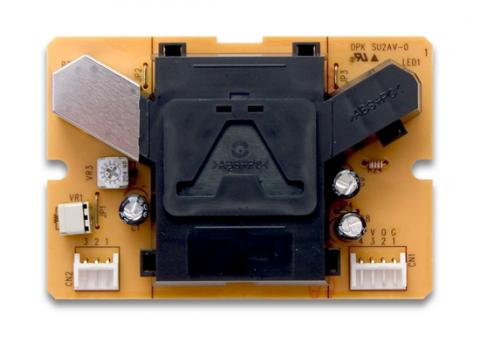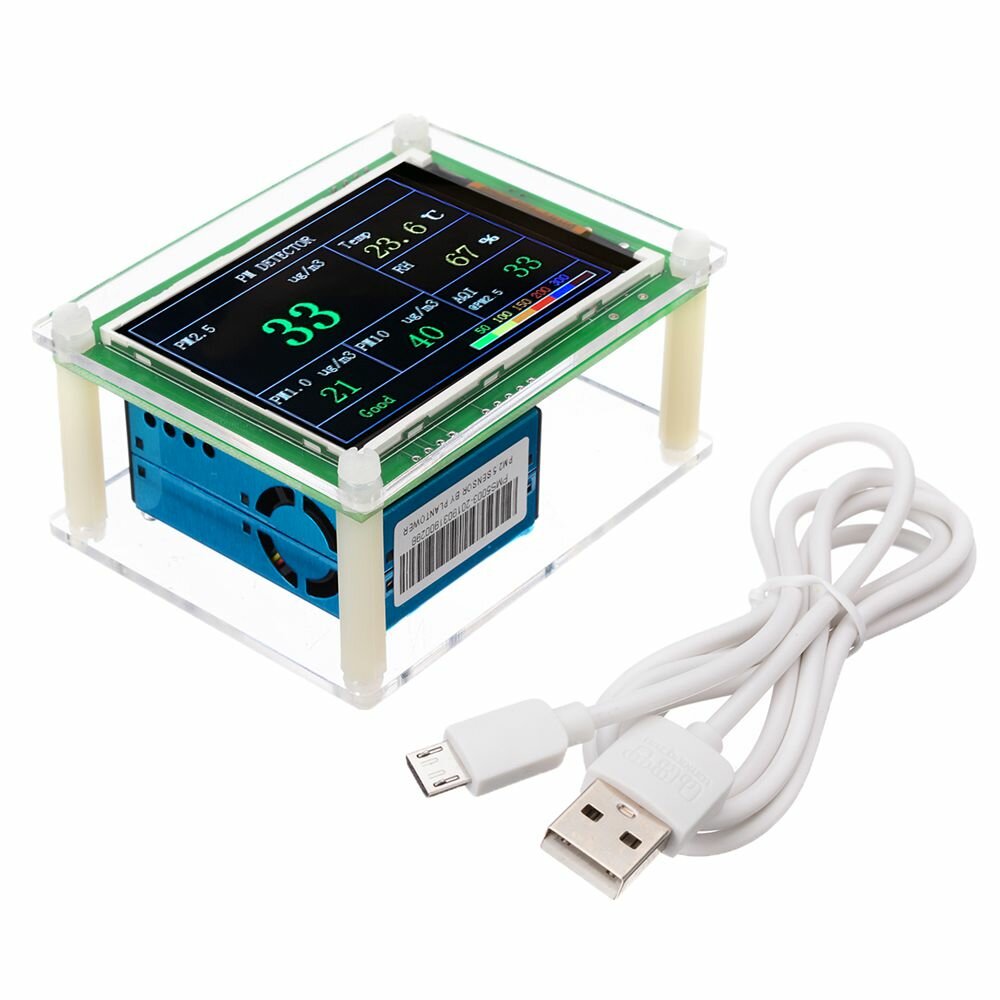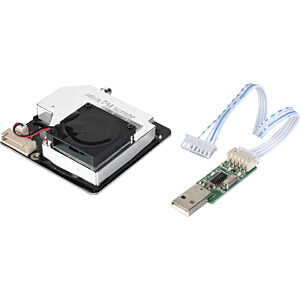People are becoming increasingly aware of the cost of bad air quality. Recently it was determined that pollution from cars and trucks can cause acute medical conditions suck as cardiac arrest as well as loss of balance. About 500.000 of people die prematurely in Europe every year because the air is too dirty.

Of course raising awareness would cause resistance, and the fossil fuel sector has considered it part of their business to sway politicians to ignore, underestimate or deny any harmfull effect. Highways, being cashcows for for gasoline and diesel sales, have been build with only crude models of what it would mean in terms of pm2.5 exposure to whoever lived around them. The “concrete maffia” had their own interest in pushing project through in spite of damaging effects.

Today there are options to make logistics nearly pollution free. The brake dust and tire dust remains, but is much reduced if you drive an electric car, truck or semi. Even if they burn Hydrogen or Ammonia, they will be cleaner than they are today. The irony is that this comes out now, it becomes an issue today, but it has an issue for decades, or even more than a century, from the first use of coal in cities.

It only lasted five days, but by the time it was through, the Great Smog would be responsible for injuring approximately 200,000 people and killing 12,000
Still even today people are kept at arms lenght. In Holland there is a government program to measure particulate matter, it is called “Samen meten” or “Measure together”. Even though the RIVM, the institute that is concerned with the measurement of air quality, supports citizen measuring, there is no legal status of any measurement. This means that one can not use these to show air quality standards aren’t met in a certain situation. This is weak, measuring pm2.5 is not rocket science as we will see.
We also read in their review of options for public monitoring, that “calibration of sensors are still being developed” that can only be bullshit. Of course there are calibration methods. We tried to measure gasses in our appartment and borrowed a true CO, CO2, CH4 measuring device from an official company. It had to be calibrated before we took delivery. That took all but 10 minutes or so.
The now braindead EPA (due to Trump) even warns about pm2.5 from wood smoke :
“These microscopic particles can get into your eyes and respiratory system, where they may cause burning eyes, runny nose, and illnesses, such as bronchitis” (forgets to mention CANCER)
Still even if calibration is off by 10% the data can be usefull. Especially now that wood burning has been identified as a major cause of lung problems (due to its cancer causing constituents). Some groups in Holland take a serious approach to the measuring task. When sensing devices are linked to the internets it is possible to constantly track pm levels and correlate them with evens such as fireworks being set of at newyears eve.

TNO a renowned Dutch reseach institute, has ran a project since at least 2015 to measure “personal exposure to fine particulate dust” called TOPAS. These people are usually reliable and seem to be going about this measuring proces thoroughly. They even produce a map, but it is not very dense. Below is an example of pm2.5 and apparently the modelled contribution of each country to the levels measured in The Hague in jan 31st 2020. It is most likely a model though, the absolute amount of pm2.5 is measured, then the contributions of countries is based on their output and wind direction etc.

The government initative also has a data portal. It has two sensors close to where we are located. We see that pm2.5 rose to 750 µg/m3 in the night of 31. The below measurements are from a place about 500 meters from where we are. You can request more information on how to contribute on this page.

You can see the actual pm2.5 tracks the graph by TNO quite well, and exposure of 44 µg/m3 occurs of wich a lot comes from France and Belarusia. In the graph below the pm2.5 even reaches 55 µg/m3. The peak earlier in the month is also more pronounced. If anything the graphs show that there are days you might want to keep your windows closed. You can find the map here.

From the above we see the risk to health is not imaginary. The need to push back and find and shut down sources is important for public health. In the province of North Holland where Tata has its steel mills graphite rains (in spite of fines) down on its cities, and people wanted to know more about it and measure it. We presonally could see the soot on the windows in IJmuiden, which for us was a reason not to hang around there. Tata is moving to electrolytic processing of steel, which will both cut cost and reduce air pollution.

But what measuring devices are there? There’s a list of them here. A sensor that even the RIVM considers fit to make real measurements is the Shinyei PPD60V. Its cost in Holland is € 100 while its cost in a US overview of sensors is $760! Maybe thats what you get if you make profit seeking the guiding principle in your society (sorry moral finger waving)! Send us an email if you want us to send you some!
We have yet to discover how to become a contributer to the Measure Together network (sent us an email at info@greencheck.nl). Scalpeler sells a sensor suitcase, kind of diy for fans of Raspberry PIs. It uses the Sensirion family of sensors, which can be bought here. These are laser based sensors, and they can mix up pm2.5 soot and car dust with moisture and cooking aerosols. They can be +/- 10 off, according to this long term study , that showed that some cheap sensors can give a good indication of what the expensive sensor picks up, and sometimes do better in terms of local short term events. You can order one with a good sensor for about 30 Euro here.

We think it would be cool if we could have our pm2.5 measuring device on standby measuring, but then it would have to be online, a IOT device or connected by GSM. The closest we could find is this combination of an acceptable sensor and USB connection.

This is our main criticism at the moment : Where can I buy a ready to go reporting sensor to add my data to the map?
In other news, NASA will lauch an air quality monitoring satelite soon. It will provide hourly updates for North America. Would be nice to have the same for Europe!
Monitoring is not the end of the story though, and we found that you can easily filter air from pm2.5 although it uses up energy, in a way that is cheaper than normal HEPA filters. One option we thought of was to build a centrifuge, which works as shown by studies. But the official RIVM measuring method involves sucking air through tubes, which directs the airflow, to then force the air to make a rapid turn upwards. The faster the airflow, the harder the turn, and the particles that can’t make it end up in a layer of grease.

This seems like an easy device to build, and it confirms our idea of using oil to capture dust instead of a HEPA filter. Much cheaper! We build a centrifuge, but it seems that the above design is better, we are not entirely sure. Below a picture of our centrifuge setup, which did not perform in any measurable sense. We found a study that calculates the speeds needed for separation, but haven’t worked on it yet, mainly because the above design seems more easy to build with off the shelve parts. We will update this post as we learn more about how to start a measuring station and whether we can build a grease based filter. It would of course be wonderfull if we could actually control the pm2.5, not only suffer from it.

To capture bigger dust particles, from stone grinding for instance, we build a simple filter by the same principle as the grease filter. This one uses oil, which we hope doesn’t evaporate too much. It consists of a ventilator, a tube and a barrel. We put the oil in the barrel, and the ventilator blows air into the oil (there’s about 2 cm between the tube and the oil). Any heavy particle will have trouble making the right angle turn and ends up in the oil. Let us know what you think through info@greencheck.nl

To use grease the speed of the air must probably be higher. This setup won’t catch pm2.5 but it should catch sand dust or cement dust we think. After running it for a while in a room with dust we notice it actually works. The simple principle of shooting the dust into the oil only needs to be sped up to capture pm2.5 as well.

We made a second version, because we wanted to increase the speed of the airflow and didn’t like the barrel, the result is not pretty yet, but it also works. As you can see we created a wide tube to house the ventilator, but the bottom has a relatively small square hole with a piece of square tube in it. This is done to speed up the air and somewhat direct the flow. We will stuff it with straws tomorrow to further ‘laminate’ the flow. This will have the effect of all small particles being shot straight out of the bottom.

We replaced the barrel by a RVS dish, we could use a bigger diameter, that may have a positive effect on airspeed because of the lower pressure. Its a noisy machine, but it does catch dust evidently as the picture below shows.

To be continued, this may become a fixture if the noise can be reduced because the improvement is noticable. Below another incarnation of the system, with a way more quiet ventilator. Still needs either a tower or a cover to make sure the air is blown to the side and taken from above. Now it wil circulate a couple of times but it seems to work.

